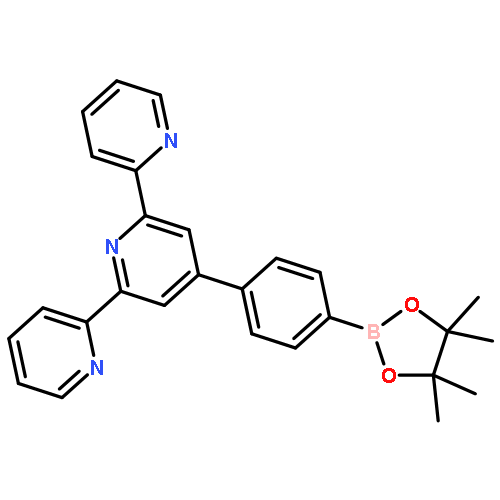Co-reporter: Chih-Wei Hu, Takashi Sato, Jian Zhang, Satoshi Moriyama, and Masayoshi Higuchi
pp: 9118
Publication Date(Web):May 19, 2014
DOI: 10.1021/am5010859
A series of Fe(II)-based metallo-supramolecular polymers with three-dimensional (3-D) structures were synthesized by the stepwise complexation of an Fe(II) salt with different ratios of a linear bis(terpyridine) ligand and a branched tris(terpyridine) ligand. Atomic force microscopy images of the polymer films showed a drastic change in the surface morphology upon varying the amount of the branched ligand. The surface of a designed 3-D construction film showed a highly porous structure (pore size: approximately 30–50 nm in diameter), probably due to the formation of a hyperbranched polymer structure. All the 3-D polymers had a blue color based on the metal-to-ligand charge-transfer (MLCT) absorption and exhibited excellent electrochromic properties. The most highly porous 3-D-structured film showed the best electrochromic performance; as compared with a 1-D linear polymer, the switching times were improved 38.7% for the coloring (0.31 → 0.19 s) and 37.9% for the bleaching (0.58 → 0.36 s). The transmittance change (ΔT) increased 21.8% (41.6 → 50.7%). Also, the coloration efficiency (η) was enhanced 45.3% (263.8 → 383.4 cm2 C–1). The redox in the 3-D film was diffusion-controlled, as supported by the linear relationship between the current and square root of the scan rate. It is considered that the porous structure of the 3-D polymer films contributed to smooth ionic transfer during the redox and to the improved electrochromic properties.Keywords: 3-D; coloration efficiency; electrochromism; metallo-supramolecular polymer; self-assembly;
